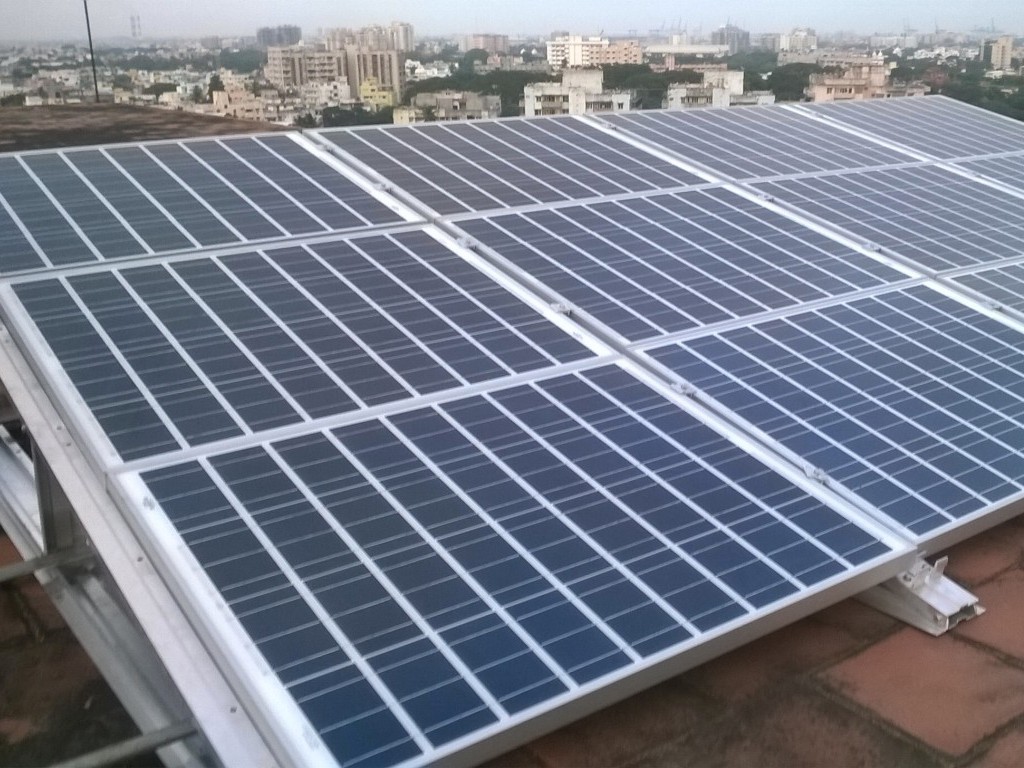The World Bank has launched a new programme to accelerate the uptake of sustainable cooling solutions including air conditioning, refrigeration and cold chain in developing countries.
The program will provide technical assistance to ensure that efficient cooling is included in new World Bank Group investment projects and mobilize further financing. It will help countries develop the necessary market infrastructure, financing mechanisms, and policies and regulations to deploy sustainable cooling at scale.
Another area of focus will be working with public and private sector partners to raise awareness around efficient, clean cooling opportunities in emerging markets.
For the programme, the World Bank’s Energy Sector Management Assistance Program (ESMAP) has received a $3 million grant from the Kigali Cooling Efficiency Program (K-CEP) that helps countries increase the energy efficiency of cooling.
“Efficient, clean cooling can contribute significantly to a stable climate and cut energy costs at the same time. However, financing is needed to cover the capital costs of cooling technology, especially in developing countries. That is why K-CEP is excited to partner with the World Bank to mobilize the investments required to make cooling for all a reality,” said Dan Hamza-Goodacre, K-CEP executive director.
Through the program, the World Bank will mobilize its expertise across sectors such as transport, energy, agriculture and urban, as well as with the International Finance Corporation (IFC) to lay the groundwork for a pipeline of new projects that could be supported by the World Bank Group or other sources of financing.
Energy use for cooling set to triple
Globally, demand for cooling is increasing, mainly driven by growing populations, urbanization and rising income levels in developing countries. Further exacerbating the issue, rising temperatures will increase demand for cooling appliances, which not only use large amounts of energy but also leak refrigerants that contribute to global warming.
By 2050, energy use for cooling is projected to triple. Also by 2050, estimates show that demand for cooling in countries in the tropics and subtropics such as India, China, Brazil, and Indonesia will grow fivefold, which will put pressure on already strained energy systems and hamper efforts to curb climate change.
Sustainable cooling central to energy transition
“Sustainable cooling is a fundamental part of the energy transition. Meeting the growing demand for cooling services without compromising climate change goals will require substantial investments in energy efficient cooling solutions that are affordable and accessible to developing countries. This is exactly what the new program is set to do and as such, it will underpin the World Bank’s longer-term strategy on sustainable cooling,” said Rohit Khanna, manager of the energy sector management assistance program at the World Bank.
“A sustainable approach to cooling is central to addressing climate change for both adaptation and mitigation. This program is a way to accelerate collaborative solutions and raise finance to meet the demand for cooling through the World Bank Group’s country engagements, lending and investments,” said Marc Sadler, practice manager of the World Bank’s Climate Funds Management Unit.
This content is protected by copyright and may not be reused. If you want to cooperate with us and would like to reuse some of our content, please contact: editors@pv-magazine.com.









By submitting this form you agree to pv magazine using your data for the purposes of publishing your comment.
Your personal data will only be disclosed or otherwise transmitted to third parties for the purposes of spam filtering or if this is necessary for technical maintenance of the website. Any other transfer to third parties will not take place unless this is justified on the basis of applicable data protection regulations or if pv magazine is legally obliged to do so.
You may revoke this consent at any time with effect for the future, in which case your personal data will be deleted immediately. Otherwise, your data will be deleted if pv magazine has processed your request or the purpose of data storage is fulfilled.
Further information on data privacy can be found in our Data Protection Policy.